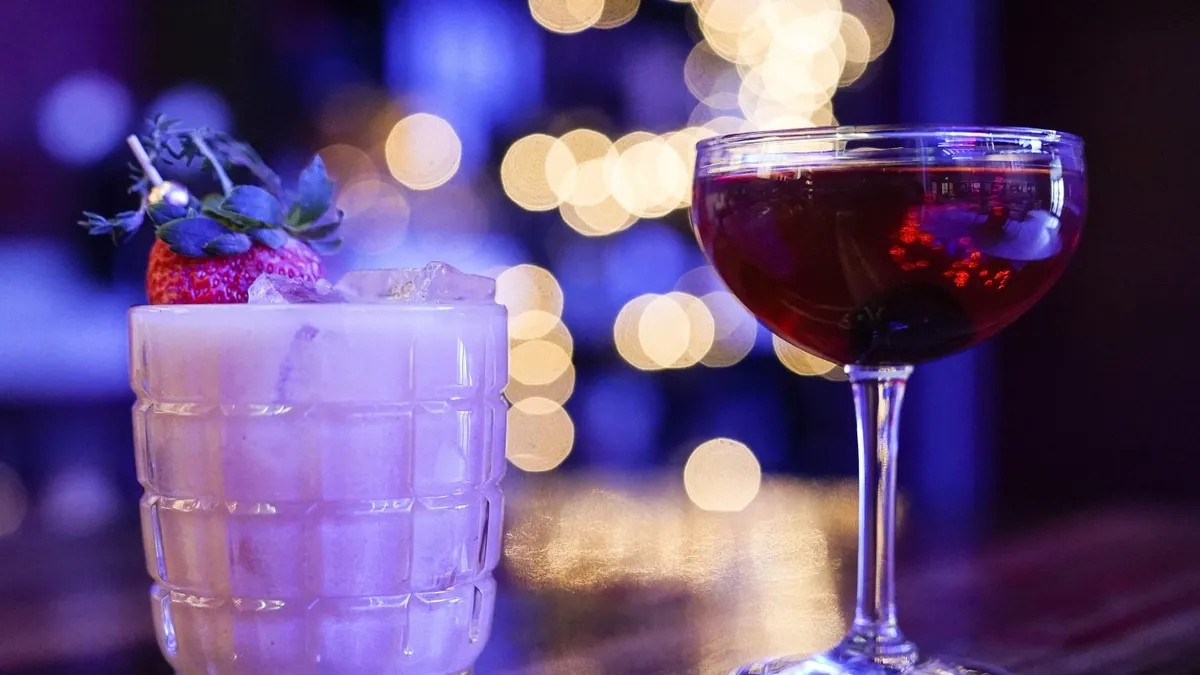
The latest Gallup poll indicates a significant decline in alcohol consumption among Americans, reaching a record low. According to the analytics company, only 54% of Americans reported drinking alcohol this year, marking a decrease of one percentage point from the previous record low observed in 1958. This decline coincides with growing public concern regarding the health implications of alcohol consumption, even when taken in moderation.
Sarah Dermody, a psychology professor at Toronto Metropolitan University, suggests that this change may stem from increased public awareness about the health risks associated with drinking alcohol. She notes that while previous studies indicated potential benefits from moderate drinking, such as red wine, the scientific consensus has shifted. Dermody explains that researchers have realized many studies show correlation rather than causation; for instance, individuals who abstain from alcohol may have existing health issues unrelated to drinking, while moderate drinkers may generally enjoy better health.
Current research indicates that any level of alcohol consumption can lead to negative health outcomes, including heightened risks of cancer, depression, and anxiety. This evolving perspective appears to resonate particularly with younger generations. In the recent Gallup survey, only 50% of Americans aged 18 to 34 reported consuming alcohol, in contrast to 56% of individuals aged 35 and older. Additionally, a notable 66% of young respondents believe that drinking in moderation is harmful, compared to approximately 50% of older individuals.
According to Sara McMullin, a psychology professor at Webster University, the social landscape surrounding alcohol consumption has transformed. She highlights the growing acceptance of sobriety, evidenced by movements like Dry January and Sober October, as well as the rising popularity of mocktails and non-alcoholic beers. In today’s society, particularly among younger people, the perception of alcohol is shifting from a social necessity to a luxury, partly due to its high cost. McMullin notes that many young adults are also facing economic challenges, which may further deter them from drinking.
The Gallup poll also reveals significant gender disparities in drinking behavior. Women’s alcohol consumption has decreased by 11 percentage points since 2023, whereas men’s consumption has fallen by five points. The survey found that 44% of women prefer wine compared to only 14% of men, while 52% of men favor beer over 23% of women. Dermody posits that these differences may be influenced by the types of social activities that typically involve alcohol, such as sports, which are more popular among men.
McMullin further elaborates that women may be more inclined to seek support from their social networks during stressful times instead of turning to alcohol, whereas men might be more likely to use alcohol as a coping mechanism. This difference in behavior could contribute to the overall decline in drinking among women.
Interestingly, Gallup’s findings suggest that people are not necessarily substituting alcohol with other substances, such as marijuana, which has shown consistent usage over the past four years. However, Gail D'Onofrio, a professor of medicine and public health at Yale University, challenges this notion. She cites the annual National Survey on Drug Use and Health, which reports that marijuana use among adults over 26 has risen since 2021, despite a decline among 18- to 25-year-olds.
D'Onofrio points out that while the guidelines for healthy alcohol consumption are relatively straightforward, the same cannot be said for marijuana. She emphasizes the complexity of understanding dosages and contents in cannabis products, making it harder to communicate safe usage. Like her colleagues, D'Onofrio anticipates a continued decline in alcohol consumption in the U.S. as public awareness of its health risks grows.
In conclusion, the Gallup poll underscores a significant shift in alcohol consumption patterns among Americans, driven by heightened awareness of health risks. While it remains to be seen whether this trend will persist, experts like Dermody urge caution in labeling it as a permanent shift until further data is available. As perceptions of alcohol continue to evolve, it is clear that the landscape of drinking habits in the U.S. is undergoing a notable transformation.